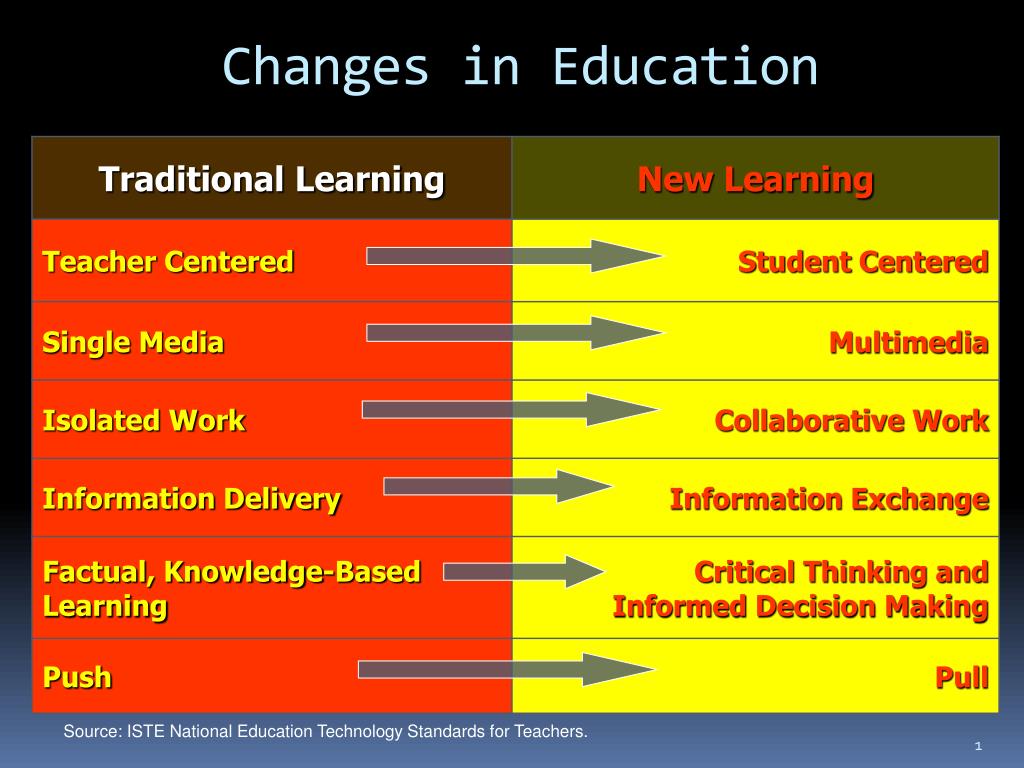Introduction Of Education Apparel

Education garments have played an integral part in shaping school environment globally. For instance, it is not only a mirror of cultural backgrounds but also contributes to the attitude and behavior that students exhibit. In this article, we will explore the complex meanings of education apparel, focusing on its effect on academic achievement, identity construction, inclusivity and future trends in clothing. Therefore, let’s discover educational settings’ dress code dynamics.
**Section 2: Design and Functionality of Education Apparel**

In education apparel industry, design and functionality are given utmost importance as they guarantee convenience for students while at the same time ensure appropriate learning conditions are established.
**1. Integrating Comfort and Functionality:**
This is so because education apparel should be comfortable as well as functional enough to enable learners engage in studies all the day long. When made from breathable lightweight materials that allow free movement during study enabling undistracted concentration by students who are participating in their studies hence making them more comfortable and adaptable to any weather conditions due to adjustable waistbands that fit perfectly well when worn with moisture-wicking technology which keeps one cool for a longer period of wearing the garment.
**2. Incorporating Ergonomic Designs:**
Modern day education wears have adjusted ergonomic attributes aimed at meeting individual requirements of learners; for example adjusting straps onto reinforced seams thus contributing to high durability levels; hence they cater for various body types and activities that children engage themselves into like sports or exercises. Furthermore, these include forward-thinking innovations like hidden small items’ pockets or built-in electronic device holders as aspects of designing targeting facilitating learners’ convenience throughout their work process.
**3. Enhancing Focus and Mobility:**
Focusing on mobility and concentration brings about good results since well-designed educations attires tend to enhance concentration among other factors that may affect academic performances positively especially among pupils who need special attention.For example clothes which are designed without restrictions or limitiations enables students can take part in all activities at school involving teacher-controlled indoor games and physical education without any difficulty. Additionally, garments engineered to manage temperature and moisture control provide comfort, preventing overheating and perspiration related discomforts or distractions. When these are put into consideration by the designers of educational clothes, it leads to a conducive environment for learning effectively.
**4. Sustainability and Ethical Practices:**
This rising trend has led to sustainable and ethical considerations being taken into account when creating education apparel. In order to reduce the environmental impact, some of these companies are trying to use eco-friendly materials like bamboo fiber, recycled polyester or organic cotton. Furthermore, education apparel should be produced under conditions that are humane by following fair labor standards as well as ethical sourcing practices thus promoting social accountability as well as global citizenship values of human rights. This way therefore,neducation apparels becomes a way through which students’ lives can be improved upon while creating an environmentally friendly world.
In Section 2 we have seen how design and functionality in education apparel promote effective learning environments Therefore by enhancing learner’s levels of comfort movement sustainability in producing attire for learning the educational clothing can facilitate academic experiences that align with current norms.
**Section 3: Psychological Impact and Identity Formation**

The choice of dress code goes beyond clothing; indeed it has a lot to do with psychological well-being including identity formations which in turn determine one’s attitude towards his/her peers or teachers within the academic settings.
**1. Psychological Effects of Attire:**
As observed earlier on education apparel has been proven to have a significant impact on individual student’s life since its influence extends beyond just dressing up only; but also affecting both their self-esteem level among other behaviors such as confidence when dealing with issues that touch on academic matters Perhaps this explains why wearing branded uniforms makes students feel they belong somewhere making them focus more positively In contrast lack of satisfaction or discomfort for attire worn may make one lose confidence on themselves and finally perform poorly at school. These psychological understandings help in creating a learning environment that makes students to feel more empowered as well as supported.
**2. Self-Expression and Identity Development:**
Without a doubt, uniforms play an important part in the lives of students and their attitudes towards education. Wearing clothes that match or contrast with their social class could hinder the freedom of expression while gender overlapping is considered as promoting discrimination in schools. To ensure equality and respect for all people, educational institutions should adopt attire policies that do not impose any form of limitation to students’ academic engagements.
In the third section we have so far looked into how psychological impacts on individuals are associated to education apparel. By acknowledging that student clothing also shapes self-image, serves as a forum for self-expression and can challenge societal norms, educators can establish inclusive learning environments which exploit such comprehensive development.
**Section 4: Diversity and Inclusivity in Education Apparel**

For every student to feel respected and valued in any educational institution today, it has become necessary for them to be included through education apparel policies that foster inclusivity while celebrating diversity.
**1. Promoting Diversity Through Inclusive Clothing Options:**
All-inclusive dress alternatives are vital since they allow different individual preferences based on cultures or religions. This way students can express themselves differently even when they conform to requirements outlined by institutions (Wright & Gammack). Moreover, allowing gender neutral or adaptive wear ensures everybody feels included regardless of their physical looks or sexual identity.
**2. Addressing Cultural and Religious Considerations:**
It is important to recognize cultural diversity through education policy formulation procedures for garment regulation. Institutions should consider aspects such as modesty expectations, traditional religious dress codes and newly fashioned clothing rules while making regulations about what is appropriate. By these acts of recognition also schools come across as incubators of nationalism where children from diverse origins are incorporated into one society thereby negating the importance of quality multiculturalism.
**3. Navigating Socio-economic Considerations:**
Education apparel policies must therefore also accommodate socio-economic inequalities so as to enhance accessibility amongst all students. The introduction of such measures as uniform grants or the creation of markets for old clothes can help to alleviate such problems. In addition, non-branded garments that are not expensive and allow alternative choices will also go a long way in making this department more inclusive (Kim).
**4. Fostering a Culture of Respect and Understanding:**
Education apparel policies have a great role in promoting respect and understanding among students. Institutions create an inclusive environment that is characterized by diversity acceptance thus making differences to be celebrated instead of being marginalized. More so, when students engage in conversations about inclusivity and diversity, as well as take classes on the same subject matter, the sense of unity becomes stronger.
**5. Collaboration and Engagement:**
These organizations need to work together with students, parents as well as other players within the community in order to develop education apparel policies which are all-encompassing. This way, they can guarantee that different viewpoints are taken into account in policy-making processes hence giving everyone a chance to feel attached to certain regulations on what not to wear at school. In addition, educators should also create opportunities for dialogue with their colleagues; this will enable them address particular needs of their students more effectively and lay out the rules on what not to wear.
Section four explains how important it is for educational institutions to embrace diversity and inclusivity in their dressing codes.This includes considering cultural considerations like race or religious beliefs, developing an atmosphere of respect and understanding along with fostering collaboration and engagement among educational stakeholders.Educational institutions can foster inclusive environments where all learners feel appreciated and supported by taking into account socio-economic factors (such as free school meals), respecting others’ cultures or religions and encouraging collaborative relationships.
**Section 5: Future Trends and Innovations in Education Apparel**
This means new trends emerging around education apparel play a crucial role in transforming its nature towards increased comfort ability, functionality as well as eco-friendliness.
**1. Embracing Technological Advancements:**
The education sector can benefit from rapid advancements occurring in textile technology today regarding its clothing wears. For instance, smart fabrics equipped with sensors that monitor posture or biometrics could have applications concerning student health promotion. Similarly, such materials as temperature-regulating textiles or moisture-wicking fabrics lead to improved comfort and performance especially in dynamic learning spaces.
**2. Sustainable Materials and Manufacturing Processes:**
As a result, eco-friendly materials are gradually being adopted for education apparel due to sustainability. This has led to an increased focus on reducing the environmental impact of these clothes at every stage from their production to disposal which is why recycling has become popular alongside biodegradable materials. Also, new developments in dyeing and finishing processes that are sustainable are now saving water while minimizing chemicals used; thus embracing the ideas of environmental stewardship and responsibility towards society.
**3. Customization and Personalization:**
The future of education apparel lies in customization and personalization allowing students to tailor their attire to their individual preferences and needs. Moreover, 3D body scanning as well as virtual fitting rooms can make it possible for accurate measurements, personalized garment designs so as to have an optimal fit that ensures comfort throughout wearing period in schools. Furthermore, modular clothing components or interchangeable accessories enable learners with different fashion styles or tastes express themselves freely by creating unique identities.
**4. Integration of Wearable Technology:**
Wearable technology is likely going to revolutionize education apparel through interactive learning experiences among others. Clothing items integrated with augmented reality (AR) or virtual reality (VR) capabilities improve how lessons are delivered helping students understand complex ideas besides engaging them in practical simulations. On the other hand, wearable devices designed for tracking biometrics such as heart rate provide necessary information about one’s well-being, mental state or even readiness to study thereby ensuring effective student support provision including interventions.
**5. Collaborative Partnerships and Cross-disciplinary Innovation:**
Through collaboration between clothing designers, scientists working on technology development issues as well as teachers including scholars engaged in this type of research work there can be a great cross-disciplinary innovation around educational wearables. Henceforth academic collaborations with industry will help spread out contemporary technologies together with pedagogical constructs into clothing designs. Education apparel is transformed to suit the changing needs of teachers and students by borrowing knowledge from various fields such as fashion design, material science or educational psychology.
Conclusion
In conclusion, it can be said that education apparel is a meaningful set of garments that help create learning surroundings, affect student conduct and mirror institutional values. By emphasizing design, inclusivity and sustainability educational establishments would facilitate an enabling environment for all students where they feel at ease and are motivated to excel in their studies. When schools embrace diversity and adopt policies that promote inclusion through clothing, it adds value to the education process while also fostering a community built on respectful relationships.
